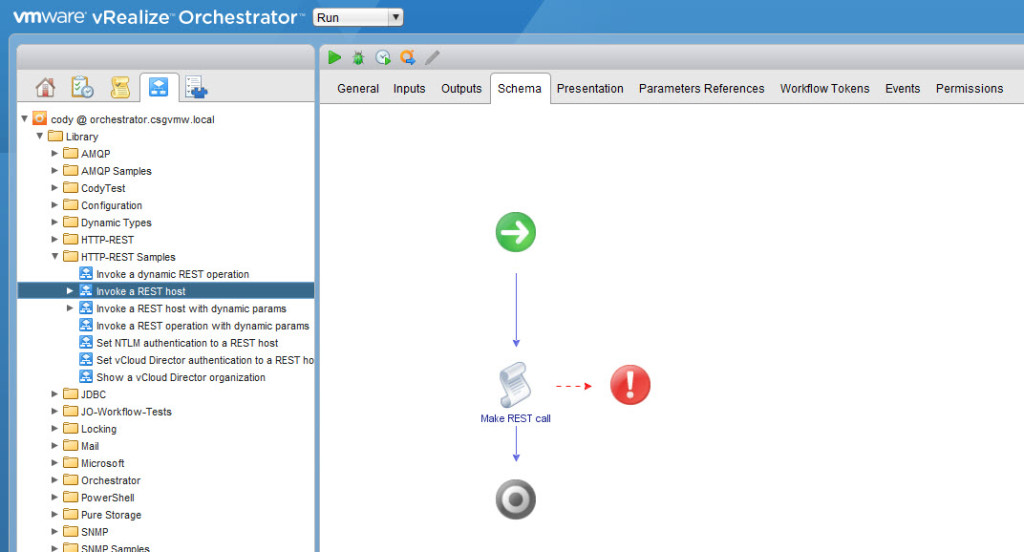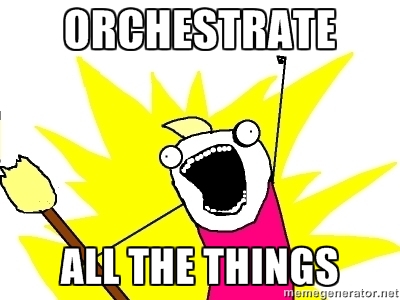Heads up post. Coming up on March 14th and 15th is the inaugural Pure Storage Pure//Accelerate user conference taking place in San Francisco at Pier 48. So, a nice thing right off the bat is it is not at the ever-too-familiar Moscone Center.
FlashArray UNMAP Script with the Pure Storage PowerShell SDK and PowerActions
I have officially decided to “retire” my UNMAP script that uses direct REST calls to find before and after capacity changes for given volumes. I am only updating the one that uses the Pure Storage PowerShell SDK from this point on–using this is much more robust, not tied to direct API versions and greatly simplifies managing the data in the script.
I have also created a second version for use in the VMware Fling called PowerActions. This allows the script to be executed from the vSphere Web Client.
Continue reading “FlashArray UNMAP Script with the Pure Storage PowerShell SDK and PowerActions”
Updated FlashArray Management Pack for VMware vRealize Operations
Quick post here. An updated version of the Pure Storage FlashArray Management Pack for VMware vRealize Operations (vROPs) has been posted to the VMware Solutions Exchange. No new features, but a variety of internal improvements and bug fixes. Please download the latest version here:
I recommend updating your pak to this version.
Notable issues fixed in build 1.0.126 (v1.0.1):
- Use correct metric for top 25 volumes by read bandwidth widget.
- Fix caching to allow relationships to be refreshed when “filter by vsphere” option is disabled.
- Get datastores that are part of a datastore cluster in vCenter.
- Minor UI string changes.
For a functional review, please check out this post here:
https://www.codyhosterman.com/2015/06/the-pure-storage-flasharray-vrops-adapter-v1/
Understanding the FlashArray Replication Connection Key
A question came up in a today at work that I answered and I thought it might be a good topic for a quick blog post:
How do you change your connection key for FlashArray replication?
The question misunderstands what the connection key actually is, so let me explain.
When you connect one FlashArray to another, you need three pieces of information:
- The FQDN or IP for the management address of the remote array
- The FQDN or IP for the replication address of the remote array
- A connection key
Continue reading “Understanding the FlashArray Replication Connection Key”
Commvault IntelliSnap technology with VMware and the FlashArray
This is a post that is somewhat a long time coming as I did the work for this jeez basically in August 2015, but never got around to actually writing a blog post. Shame on me. Anyways, here it is!
Let us start with the requirements:
- FlashArray 400 series or FlashArray//m
- Purity v4.1.1 (or higher)
- REST API: v1.4 (found in Purity v4.x and higher)
- Fibre Channel or iSCSI Protocol
- Commvault software version 10 service pack 12 or later with Commvault IntelliSnap software license
Some documentation links:
Pure Storage Community Commvault Page
FlashArray VMware & Commvault White Paper
Continue reading “Commvault IntelliSnap technology with VMware and the FlashArray”
vRealize Orchestrator and Invoke a REST Host Workflow
Continuing my recent work on learning vRealize Orchestrator and ran into some funkiness with the “Invoke REST host” workflow, that I wanted to write down so I don’t forget how I fixed/worked around it (which I suppose is the impetus for basically every post I do). Anyways, I am working on a REST-based package for the FlashArray and I was using that workflow and had some trouble. Basically, any REST call I made through it to a REST host seemed to fail.
 Continue reading “vRealize Orchestrator and Invoke a REST Host Workflow”
Continue reading “vRealize Orchestrator and Invoke a REST Host Workflow”
Understanding vRealize Orchestrator Authentication with the FlashArray REST API
UPDATE: This is a older post, but after working with vRO for longer and learning a lot more about it I decided I needed to re-write this post. Too much of it was not the best way to do things.
One of the projects that I have recently taken up is figuring out how to leverage vRealize Orchestrator to manage and execute operations on the FlashArray. Managing the FlashArray is rather easy of course, most of the work revolved around getting vRO up and running (note in vRO 7.0 all of this is much easier) and learning the product itself and brushing up on my Javascript. I think vRO is a pretty great tool, just takes some time to figure out as not everything in it is quite intuitive, but it seems well ahead of what is was when I last used it a few years back. Once you get the feel of how to leverage it though, you can see how powerful it could be. I’ve just scratched the surface of it and am already excited on what I can put together.
 Continue reading “Understanding vRealize Orchestrator Authentication with the FlashArray REST API”
Continue reading “Understanding vRealize Orchestrator Authentication with the FlashArray REST API”
vRealize Orchestrator and vSphere 6 SSO Authentication
Starting to mess around with vRealize Orchestrator and just deployed the 6.0.3 vRO appliance. A few gotchas, many of which are well denoted by other blog posts:
- DNS, DNS, DNS!! Pre-configure everything and make sure names are correct
- Certificates, make sure they are accurate
- NTP
One of the first issues I ran into was registering it with my SSO. My setup has two vCenters with two separate but federated Platform Services Controllers. I wanted to authenticate my vRO instance with SSO, not my Active Directory to keep user management a bit more central to VMware. Ran into some fun gotchas. Continue reading “vRealize Orchestrator and vSphere 6 SSO Authentication”
Site Recovery Manager and Raw Device Mappings (RDMs)
Somewhat surprisingly I have been getting a fair amount of questions in the past few months concerning VMware vCenter Site Recovery Manager and Raw Device Mappings (RDMs) and using this with Pure Storage. Common question is whether or not we support this (we do) but more commonly it is about how it works. There is a bit of a misunderstanding on how they differ or do not differ from VMFS management in SRM. So figured I would put a post out to explain this. Old topic somewhat, but worth reviewing for those newer SRM customers. Plus, I haven’t found a whole lot of on-point posts anywhere, so why not?
 Continue reading “Site Recovery Manager and Raw Device Mappings (RDMs)”
Continue reading “Site Recovery Manager and Raw Device Mappings (RDMs)”
Pure Storage at VMworld Europe 2015
That time of the year again, VMworld Europe! My second one with Pure Storage and my 5th VMworld Europe (just finished my 8th VMworld US!). I am hoping I get to actually attend some sessions this time, was far too busy at the US show, but most likely won’t this time around either. Anyways, what’s in store for Pure Storage in Barcelona? Continue reading “Pure Storage at VMworld Europe 2015”


